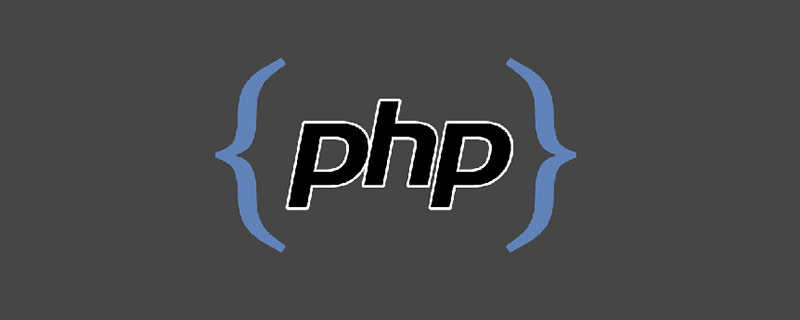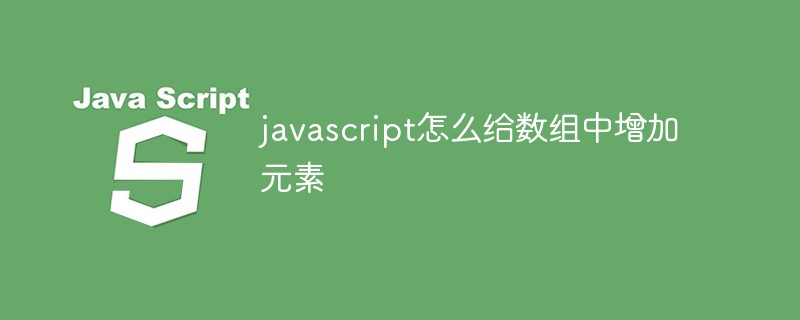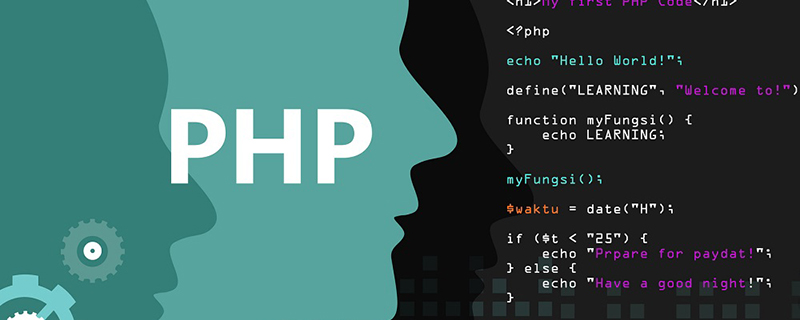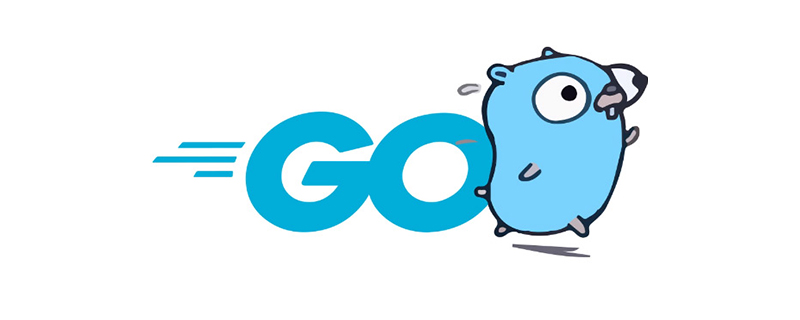Code that can be used directly: Script House revised version
[Ctrl A Select all Note: If you need to introduce external Js, you need to refresh to execute
The following is an advanced tutorial and Note, friends who like to follow it in depth can refer to it.
First let us see how YUI handles it: The code is as follows:
var toObject = function(a) {
var o = {};
for (var i = 0; i o[a[i ]] = true;
}
return o;
};
var keys = function(o) {
var a=[], i;
for ( i in o) {
if (lang.hasOwnProperty(o, i)) { // YUI method
a.push(i);
}
}
return a;
};
var uniq = function(a) {
return keys(toObject(a));
};
For detailed analysis, see your colleague Tian's sharing "Cleverly Removing Duplicates from Arrays".
The method I use is very similar to YUI's method, but only one loop is used to delete duplicate items in the array, as follows: The code is as follows:
var uniq = function (arr) {
var a = [],
o = {},
i,
v,
len = arr.length;
if (len return arr;
}
for (i = 0; i v = arr[i];
if (o[v] !== 1) {
a.push(v);
o[ v] = 1;
}
}
return a;
}
After a simple test: the performance of the method I used is much higher than YUI way.
We welcome everyone to provide better solutions.
Updated on December 28, 2009:
The above two function methods cannot handle complex arrays containing mixed types for the time being (thanks to Mao Mao for raising the question), such as: [0, "0",1,"1",0], ["null",null].
For arrays whose types can be agreed to be numbers (note: numbers starting with non-0, except decimals) or strings, we can use the improved function method (thanks to closurecache for the idea): The code is as follows:
var uniq = function (arr) {
var a = [ ],
o = {},
i,
v,
cv, // corrected value
len = arr.length;
if (len return arr;
}
for (i = 0; i v = arr[i];
/* The function provided by closurecache uses cv = v 0;,
* so that arrays like [1, 10, "1", "10"] cannot be distinguished,
* because after operation => 1 , 10, 10, 100. Obviously, there are duplicate identifiers. Is it okay to add
* in front of it?
* Yes: Numbers like 01 and 001, starting with 0, cannot appear in the array,
* but its applicability is wider than before.
*/
cv = 0 v;
if (!o[cv]) {
a.push(v);
o[cv] = true;
}
}
return a;
}
If you want to make it more perfect based on this problem-solving idea, I recommend Dexter.Yy’s method , perform type judgment and give a unique identifier. See comments on the 20th floor for details.
There is no best, only the most appropriate way. In fact, the idea of using Array.indexOf() is also a good choice. For browsers that already support it, use the native Array.indexOf() method directly. For browsers that do not support it, use the native Array.indexOf() method directly. Yes, we add the Array.indexOf() method as follows: The code is as follows:
if(!Array.prototype.indexOf) {
Array.prototype.indexOf = function (obj, fromIndex) {
if (fromIndex == null) {
fromIndex = 0;
} else if (fromIndex fromIndex = Math.max(0, this.length fromIndex);
}
for (var i = fromIndex; i if (this[i] === obj)
return i;
}
return -1;
};
}
Next, the implementation process is very simple.
<script> function unique(data){ data = data || []; var a = {}; len = data.length; for (var i=0; i<len;i++){ var v = data[i]; if (typeof(a[v]) == 'undefined'){ a[v] = 1; } }; data.length=0; for (var i in a){ data[data.length] = i; } return data; } function test(){ var arr = [9,1,3,8,7,7,6,6,5,7,8,8,7,4,3,1]; var arr1 = unique(arr); alert(arr1.join(",")); } test(); </script>Optimization tips for implementing solutions using the Array.indexOf() method: When the same value is found, remove it from the array to reduce the amount of the next traversal.
 c语言数组如何初始化Jan 04, 2023 pm 03:36 PM
c语言数组如何初始化Jan 04, 2023 pm 03:36 PMC语言数组初始化的三种方式:1、在定义时直接赋值,语法“数据类型 arrayName[index] = {值};”;2、利用for循环初始化,语法“for (int i=0;i<3;i++) {arr[i] = i;}”;3、使用memset()函数初始化,语法“memset(arr, 0, sizeof(int) * 3)”。
 php 怎么求2个数组相同的元素Dec 23, 2022 am 10:04 AM
php 怎么求2个数组相同的元素Dec 23, 2022 am 10:04 AMphp求2个数组相同元素的方法:1、创建一个php示例文件;2、定义两个有相同元素的数组;3、使用“array_intersect($array1,$array2)”或“array_intersect_assoc()”方法获取两个数组相同元素即可。
 用Python实现动态数组:从入门到精通Apr 21, 2023 pm 12:04 PM
用Python实现动态数组:从入门到精通Apr 21, 2023 pm 12:04 PMPart1聊聊Python序列类型的本质在本博客中,我们来聊聊探讨Python的各种“序列”类,内置的三大常用数据结构——列表类(list)、元组类(tuple)和字符串类(str)的本质。不知道你发现没有,这些类都有一个很明显的共性,都可以用来保存多个数据元素,最主要的功能是:每个类都支持下标(索引)访问该序列的元素,比如使用语法Seq[i]。其实上面每个类都是使用数组这种简单的数据结构表示。但是熟悉Python的读者可能知道这3种数据结构又有一些不同:比如元组和字符串是不能修改的,列表可以
 c++数组怎么初始化Oct 15, 2021 pm 02:09 PM
c++数组怎么初始化Oct 15, 2021 pm 02:09 PMc++初始化数组的方法:1、先定义数组再给数组赋值,语法“数据类型 数组名[length];数组名[下标]=值;”;2、定义数组时初始化数组,语法“数据类型 数组名[length]=[值列表]”。
 javascript怎么给数组中增加元素Nov 04, 2021 pm 12:07 PM
javascript怎么给数组中增加元素Nov 04, 2021 pm 12:07 PM增加元素的方法:1、使用unshift()函数在数组开头插入元素;2、使用push()函数在数组末尾插入元素;3、使用concat()函数在数组末尾插入元素;4、使用splice()函数根据数组下标,在任意位置添加元素。
 php怎么判断数组里面是否存在某元素Dec 26, 2022 am 09:33 AM
php怎么判断数组里面是否存在某元素Dec 26, 2022 am 09:33 AMphp判断数组里面是否存在某元素的方法:1、通过“in_array”函数在数组中搜索给定的值;2、使用“array_key_exists()”函数判断某个数组中是否存在指定的key;3、使用“array_search()”在数组中查找一个键值。
 php 怎么去除第一个数组元素Dec 23, 2022 am 10:38 AM
php 怎么去除第一个数组元素Dec 23, 2022 am 10:38 AMphp去除第一个数组元素的方法:1、新建一个php文件,并创建一个数组;2、使用“array_shift”方法删除数组首个元素;3、通过“print_”r输出数组即可。
 go语言中元组是什么Dec 27, 2022 am 11:27 AM
go语言中元组是什么Dec 27, 2022 am 11:27 AM元组是固定长度不可变的顺序容器(元素序列),go语言中没有元组类型,数组就相当于元组。在go语言中,数组是一个由固定长度的特定类型元素组成的序列,一个数组可以由零个或多个元素组成;数组的声明语法为“var 数组变量名 [元素数量]Type”。


Hot AI Tools

Undresser.AI Undress
AI-powered app for creating realistic nude photos

AI Clothes Remover
Online AI tool for removing clothes from photos.

Undress AI Tool
Undress images for free

Clothoff.io
AI clothes remover

AI Hentai Generator
Generate AI Hentai for free.

Hot Article

Hot Tools

EditPlus Chinese cracked version
Small size, syntax highlighting, does not support code prompt function

SublimeText3 Chinese version
Chinese version, very easy to use

DVWA
Damn Vulnerable Web App (DVWA) is a PHP/MySQL web application that is very vulnerable. Its main goals are to be an aid for security professionals to test their skills and tools in a legal environment, to help web developers better understand the process of securing web applications, and to help teachers/students teach/learn in a classroom environment Web application security. The goal of DVWA is to practice some of the most common web vulnerabilities through a simple and straightforward interface, with varying degrees of difficulty. Please note that this software

PhpStorm Mac version
The latest (2018.2.1) professional PHP integrated development tool

Dreamweaver CS6
Visual web development tools






